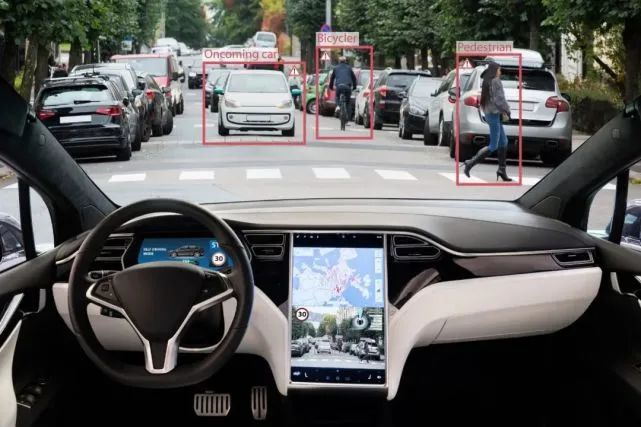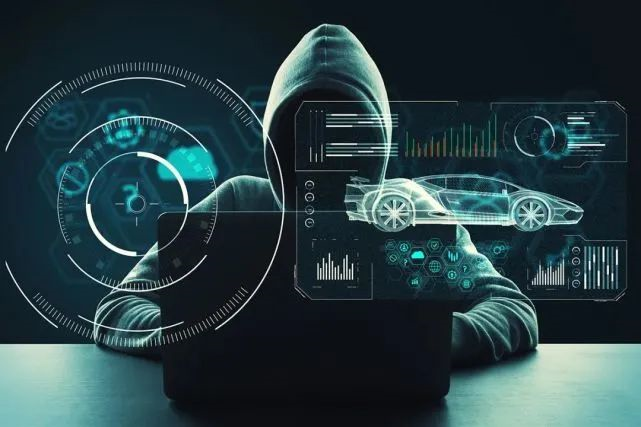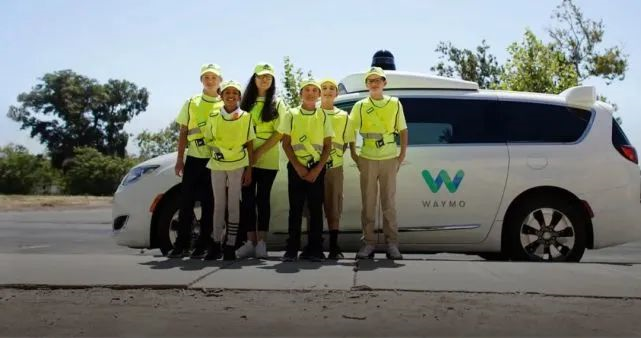Introduction
With the development of artificial intelligence (AI), particularly the emergence of autonomous driving vehicles, human transportation will benefit greatly. And one of the most anticipated selling points is “zero accidents” – significantly reducing car accidents.
For a long time, human limitations such as poor vision and fatigue while driving have resulted in as many as 1.35 million deaths due to road traffic accidents globally each year.
The dream of every driver, traffic police officer, and administrator has always been for an era of “zero accidents“. Clearly, autonomous driving brings us closer to this dream.
In fact, we have already seen some autonomous driving cars with automated features, such as parking and collision detection functions, making driving easier and roads safer. However, with the introduction and increasing prevalence of autonomous driving, they may also cause some deaths. In fact, there have already been some early reports of deaths caused by autonomous driving cars, such as Uber’s fully automated vehicle causing injuries and fatalities during testing, and semi-autonomous Tesla cars causing accidents as well.
So, this brings up a question: Is the public prepared to accept deaths caused by autonomous driving car accidents? If not, what measures can be taken to gradually get the public to accept this situation?
Safety Dilemma
Firstly, we need to understand the safety dilemma that autonomous driving cars bring. Currently, there are about 60,000 people in China who die in traffic accidents each year. This means that almost one person dies every 8 minutes due to car accidents.
Suppose there is a new technology that can reduce the mortality rate by 1%, more than 600 lives can be saved each year.
As most car accidents are caused by human error, and autonomous driving cars can reduce the error rate to close to zero, we can assume that autonomous driving cars can significantly reduce the overall mortality rate of motor vehicle accidents (while also reducing the total number of motor vehicle accidents).

However, even a single car accident can cause significant losses and multiple deaths, and a major negative publicity incident can lead to widespread doubts about the safety and effectiveness of autonomous driving cars.
If a few magnified cases lead to the public’s belief that autonomous driving cars are dangerous, then the arrival of autonomous driving cars will be delayed for several years. And every year’s delay means tens of thousands of lives.
The reasons why the general public is afraid of deaths caused by autonomous driving cars are several:
Fear of change: People usually don’t like change. Due to a bias towards maintaining the status quo, we tend to prefer the original form of things, rather than taking risks to change the dynamics, as this could make things worse.Our current vehicle fatality rate may be particularly high, but we have become accustomed to it. Introducing autonomous vehicles onto our roads will require large-scale changes to many social structures, forcing us to change our perception of driving, the way we pay for insurance, and more.
If you fear an ever-changing society, if you are not willing to adopt new technologies, then each death caused by autonomous vehicles will appear larger and more impactful than deaths caused by human error.
Fear of the unknown: people are also afraid of the unknown. Autonomous vehicles currently occupy an abstract space in our minds; they are a product of imagination, not something tangible and practical. Semi-autonomous vehicles are already on the road, but most of us have not yet ridden in a fully autonomous vehicle, so we do not know what it looks like.
If we do not have an existing framework to think about or use a new technology, then that technology will seem particularly frightening, and the situation will be even more frightening when it inevitably leads to loss of life.
Disproportionate reporting: currently, deaths and injuries caused by autonomous vehicles tend to attract high public attention and media coverage, while deaths caused by “traditional” accidents are rarely reported, creating a cognitive bias for the public.
For the lay public who is not familiar with hard, high-level statistical data, this may make it seem like autonomous vehicles are constantly killing people while traditional vehicles are completely safe.
Management and control: the “trolley problem” is a famous philosophical thought experiment in which a person can choose to divert a “trolley” from one track to another; according to the current track, it will kill five people, but if you change the route, it will only kill one.
Utilitarianism holds that one person’s death is always better than five people’s deaths, but many people struggle with the concept of exercising agency when choosing that one person’s death. This is because people feel responsible for their own decisions and do not want to directly cause someone’s death.
On the road, drivers often feel that they have complete control of their vehicles, can make their own moral decisions, and lead their own fate. But put them in an autonomous vehicle, and they are filled with fear because it means their control is completely stripped away.
In other words, can you persuade ordinary people that an algorithm can make better decisions than them? To do this, you not only need complete trust in the algorithm developer, but you also need to give up the desire for personal control.
Responsibility and justice: Naturally, some people are concerned about how responsibility and justice will be served in fatal accidents involving autonomous vehicles.If someone is killed by an autonomous car, with the autonomous car being the root cause of the accident, who will go to jail? Who will pay the fine? Will the responsibility fall on the driver? The software developer? The car manufacturer? Regardless, this is a fuzzy area.
Lack of strict threshold: It is worth noting that most people have not used strict thresholds to evaluate the capabilities of autonomous driving. After all, it is impossible to achieve perfect results without any flaws, and there is always a probability of being fatal no matter how safe the system is. However, how safe is “safe enough”? Does reducing the death toll by 1% make it safe? What about a 5% reduction?
Other reasons: In addition to the above reasons, there are various factors that make ordinary people difficult to accept autonomous driving cars in a short period of time. For example, some people are worried that one day they may be prohibited from owning and/or driving manual cars; some people are afraid that hackers will break the vehicle, and so on.

Will people accept autonomous driving cars?
Reuters’ further research in 2019 showed that 71% of people said they would be afraid of autonomous driving. According to many people, they need to see evidence of how safe this technology is before they begin to trust it.
This idea is understandable. Safety is the primary concern for people anywhere, and safety is even more important when it comes to cars. If autonomous driving cars are to fully replace conventional cars, they must prove that they are safe.
Moreover, autonomous driving cars have not yet become safer and better in all aspects. There are still some situations where human-driven cars are proven to be better. For example, autonomous driving cars cannot perform some of the key functions that humans can perform.
Fortunately, “technology” has one particularly good feature, which is that it will only become more perfect. While people have not yet accepted artificial intelligence in cars, technology is constantly improving in terms of safety and other aspects.
Currently, autonomous driving cars excel in certain areas where humans often fail. For example, autonomous driving cars do not get tired, they do not drink, and they do not suffer from sleep deprivation. It seems that autonomous driving cars can help alleviate these accidents and make them safer.
Overall, in terms of safety, autonomous driving cars still have a long way to go. Autonomous driving cars may not soon surpass human-driven cars in terms of road safety.
To bring safe autonomous driving cars to the people sooner, strengthening education for the public is critical. Technical experts must teach people about artificial intelligence and its importance. Until the day when autonomous driving is so safe that people have no other choice but to accept it.
This article is a translation by ChatGPT of a Chinese report from 42HOW. If you have any questions about it, please email bd@42how.com.
